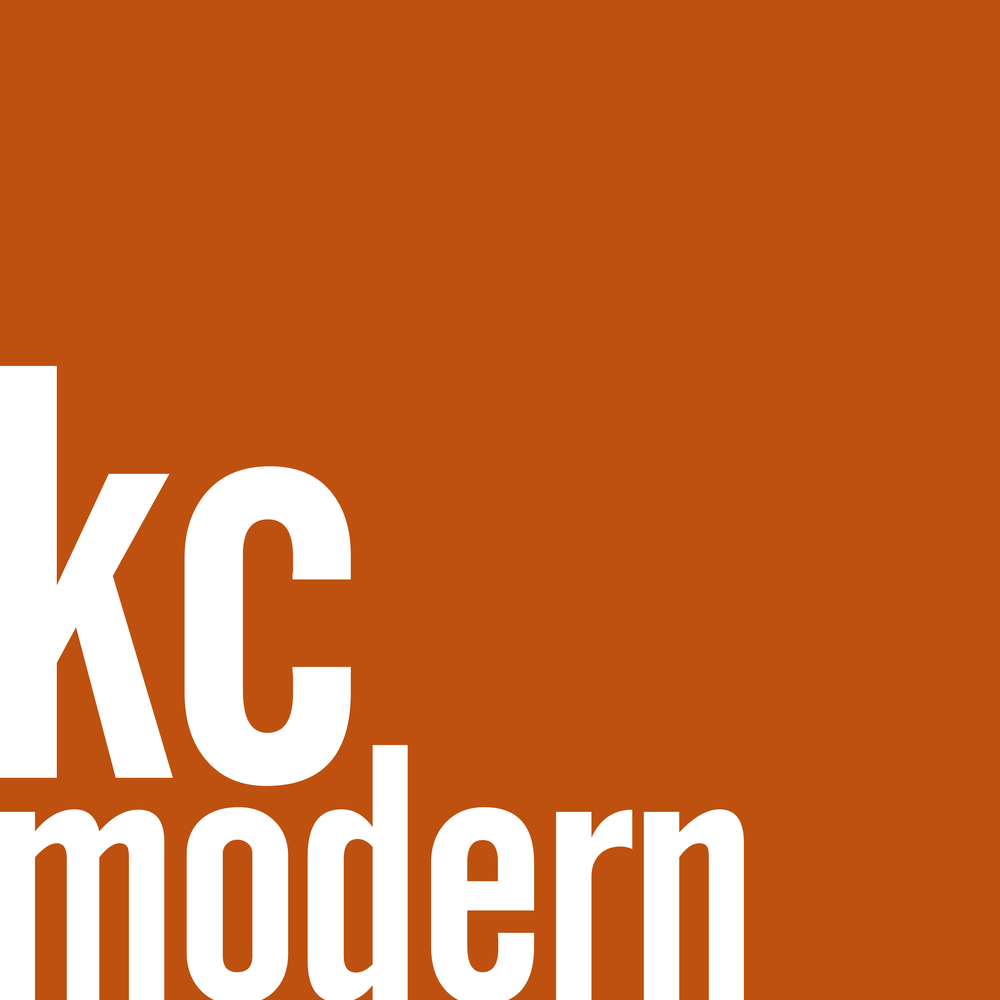Wow it has been a while since I posted. Attribute it to Post Runnells Tour recovery I guess. Lets kick things back off with and image or two.
 What can I say about this image from the cover of the 1961 Better Homes & Gardens Decorating Book? It just oozes Mid Century Modern Goodness! The primary colors, the MCM art, the Nelson bubble lamp, the sofa, the tables, the fruit bowl all make me drool. It even has a copy of BH&G magazine on the coffee table.... This kind of artwork makes me wish I lived in that era. This might have been the best two bucks I ever spent on a book.
What can I say about this image from the cover of the 1961 Better Homes & Gardens Decorating Book? It just oozes Mid Century Modern Goodness! The primary colors, the MCM art, the Nelson bubble lamp, the sofa, the tables, the fruit bowl all make me drool. It even has a copy of BH&G magazine on the coffee table.... This kind of artwork makes me wish I lived in that era. This might have been the best two bucks I ever spent on a book.
 What can I say about this image from the cover of the 1961 Better Homes & Gardens Decorating Book? It just oozes Mid Century Modern Goodness! The primary colors, the MCM art, the Nelson bubble lamp, the sofa, the tables, the fruit bowl all make me drool. It even has a copy of BH&G magazine on the coffee table.... This kind of artwork makes me wish I lived in that era. This might have been the best two bucks I ever spent on a book.
What can I say about this image from the cover of the 1961 Better Homes & Gardens Decorating Book? It just oozes Mid Century Modern Goodness! The primary colors, the MCM art, the Nelson bubble lamp, the sofa, the tables, the fruit bowl all make me drool. It even has a copy of BH&G magazine on the coffee table.... This kind of artwork makes me wish I lived in that era. This might have been the best two bucks I ever spent on a book.













 Name: Runnells Residence
Name: Runnells Residence











